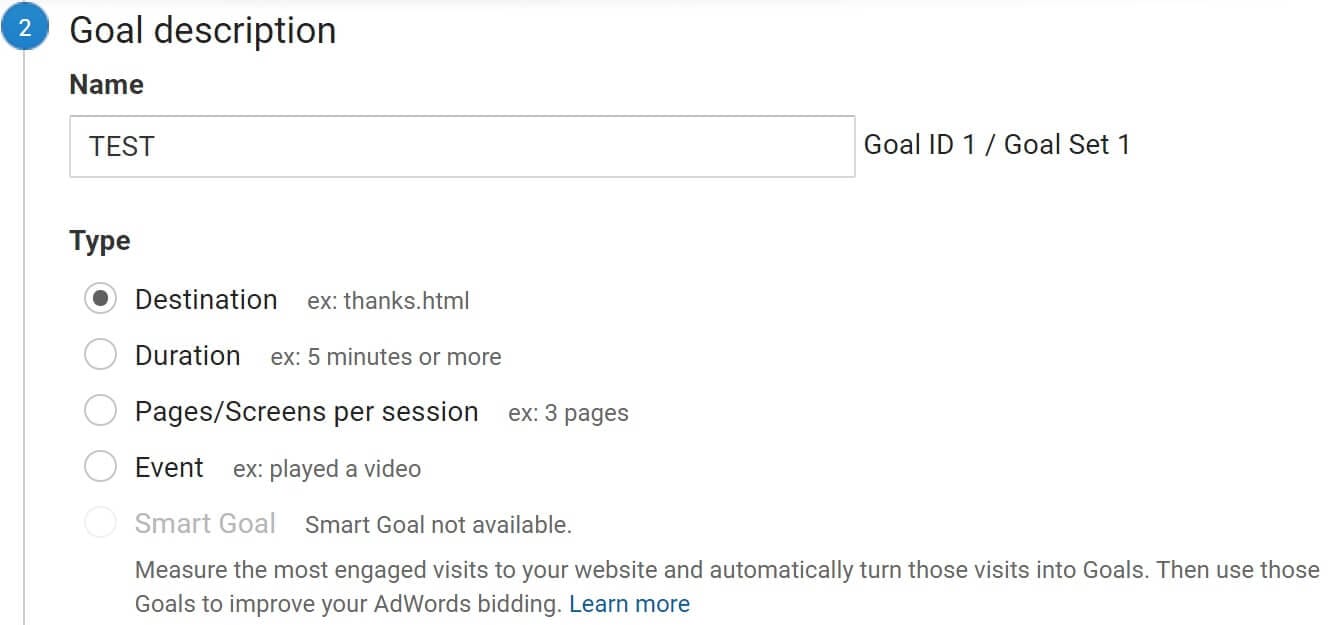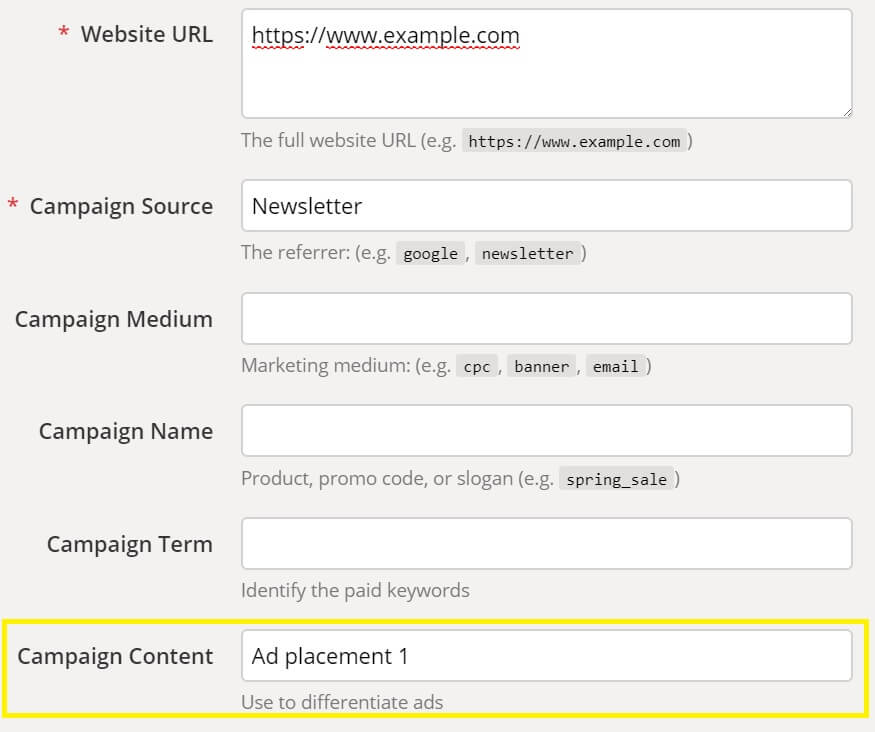Contents
Keeping track of your business campaigns – including those on social media or within your email newsletter – is crucial for making the most of your marketing efforts. Without tracking you can’t measure, understand, and replicate successful campaigns. Unfortunately, some can be difficult to track.
That’s where Google’s Urchin Tracking Modules (UTMs) come in. This nifty tool can be used to differentiate your links, which makes it easy to keep track of all your campaigns, even those on social media and in your newsletters.
In this post, we’ll introduce you to UTMs and show you three ways they can help you improve your marketing campaigns. Then we’ll explain how you can easily use UTMs in conjunction with PrettyLinks. Let’s get started!
What Urchin Tracking Modules Are
![]()
Simply put, UTMs are codes that are placed at the end of a URL. They can track various types of information, including the traffic source, the search terms, and medium (such as email or social media). UTMs started as a third-party tool, although they’re now a part of Google Analytics,
As a marketing tool, UTMs can be beneficial in many ways. You can:
- Monitor various campaigns.
- Track audience behaviors.
- A/B test your campaigns.
Overall, UTMs are a great tool to have in your arsenal. They’re flexible and they’re easy to use, and what’s more they can be modified to your goals as needed.
3 Ways ‘Urchin Tracking Modules’ Can Improve Your Marketing Campaigns
UTMs can be an invaluable tool in your campaign planning and implementation. Let’s take a look at three specific ways they can help you to improve your marketing campaigns.
1. They Help Keep Track of Traffic Sources
Tracking your traffic sources – such as search engine results, referrals, and social media – lets you see where your campaigns are generating the most clicks. As a result, you can maximize your marketing efforts: focus on the sources that generate high-quality traffic, and avoid wasting time on those that don’t.
To track traffic sources with UTMs, you’ll need to use a ‘source parameter’. These are conditions that indicate what should be tracked, such as traffic sources, campaigns, and search terms. You can add the source parameter to your UTM manually, although we prefer a dedicated tool such as the Campaign URL Builder:

Once the source is added, it will be incorporated into a URL containing the UTM code. Add this URL to your links (which we’ll outline in-depth below), and you’ll be able to see which campaigns are sending the most traffic, along with which campaigns need a bit more work.
2. They Can Enable You to Monitor Conversions
Conversions occur when visitors complete a specific goal. When you monitor them, you can learn which campaigns are most useful. For paid ads and other campaigns, monitoring conversions helps ascertain if you’re wasting your money (or shows you where it can be better spent). Putting UTMs in place makes it possible to monitor conversions from those hard-to-track campaigns. Here’s how:
Firstly, set your goals in Google Analytics. With the right measurement plan in place, you can use UTMs to track the goals you’re most interested in. For example, you can track destination, duration, or pages per visitor session:

Next, you’ll create your unique link with one or more UTMs included (as explained below). Once your link has had sufficient time to collect information, you can see how well it is reaching your goal from Google Analytics’ Campaigns tab (Acquisitions > Campaigns):
![]()
Here, you can track the conversion rate of each unique UTM-containing link for each of your established goals, and make changes based on the results.
3. They Will Help You to Compare Link and Advertisement Placements
Links and advertisements can be a significant part of marketing campaigns. However, their placement can play a large role in determining their success. One way to determine their best placement is with A/B (or ‘split’ testing). The typical process for doing so can be a bit complex, especially if you want to track other areas of your campaign at the same time. Fortunately, UTMs provide you with this ability with very little fuss. All it requires is a simple tweak to your UTM code.
Just as you can assign a source parameter to your UTMs, you can also assign one for content. With this parameter in place, you can differentiate ads and links for comparison:

When naming each ad and link, we recommend keeping a running list in a spreadsheet or other document so you can more easily understand the results.
How to Use Urchin Tracking Modules with PrettyLinks

Now let’s look at how you can easily add UTMs to your links. Using PrettyLinks, not only can you shorten and brand your links, but also you can easily add custom UTMs to these pretty links.
To do so, build your UTM as explained earlier. If the UTM isn’t link-specific, you can apply it to any PrettyLinks you have. However, if you’ve set a link-specific parameter, be sure to apply it to the correct link by choosing from your list, which can be found by navigating to PrettyLinks > PrettyLinks in your WordPress dashboard.

Next, simply add the URL which contains your UTM to the Target URL field on the Edit Link page. Your pretty link will remain the same!
Conclusion
With the use of UTMs, you now have the ability to fully track and improve your marketing campaigns. Doing so will maximize your current efforts, and can also lead to better campaign performance in the future.
In this post, we’ve introduced UTMs, outlined three ways they can improve your marketing campaigns, and shown you how to use them with PrettyLinks. To quickly recap, UTMs:
- Let you track traffic sources.
- Enable you to monitor conversions.
- Help you to compare link and advertisement placements.
Do you have any questions about how to use Urchin Tracking Modules on your website, or how to use them with PrettyLinks? Let us know in the comments section below!








